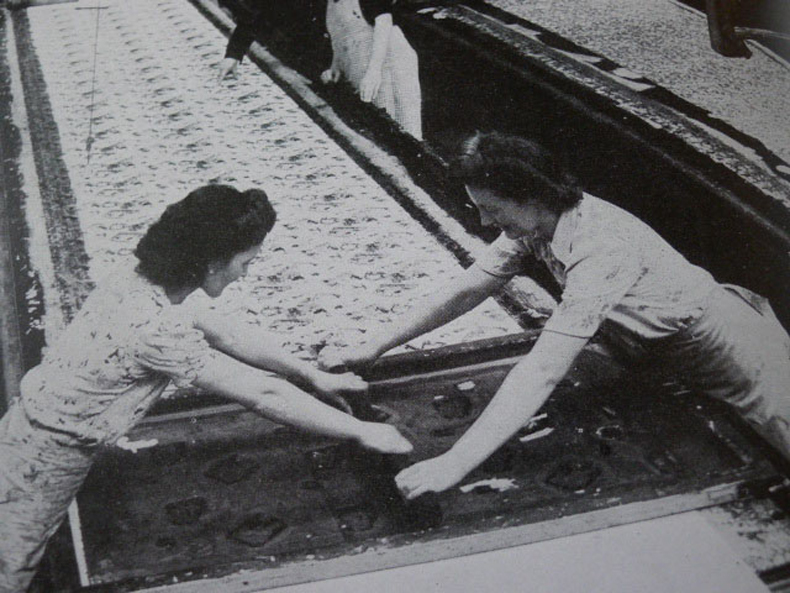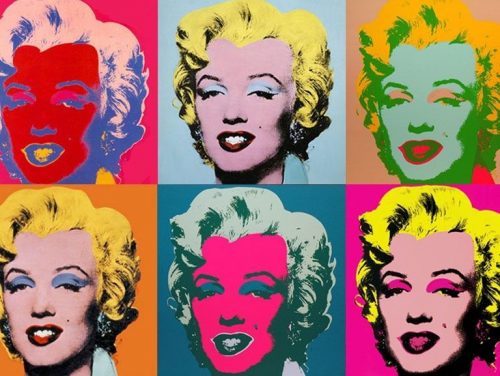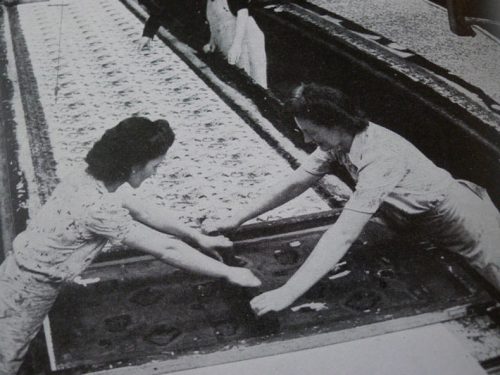A Brief History of Screen Printing
October 15, 2018

Screen printing has become a perfected art that has transformed creative expression, branding and communication as a whole. Whether it be for political campaigns, promoting your local band or your company’s business, screen printing is critical to today’s society. How did screen printing begin exactly and change our ways of communication? The history of screen printing isn’t crystal clear, but we do have a pretty good idea.
Early on
The history of screen print is said to date back to the Song Dynasty in China over 1,000 years ago. The Song Dynasty was the first recognized civilization to have issued paper money. Their original currency began as coins, made out of bronze or copper with a hole in the center. These coins were designed to be strung around the neck and traveled with. Although, this became a problem due to their weight for merchants who traveled long distances. In order to solve this problem, the Song Dynasty thus changed the history or screen printing and began printing money.
This new form of currency began to spread to neighboring countries such as Japan, Eastern Asia and eventually to Europe. Japan used silk to create a mesh and continued to advance the art. This idea although was not spread to the Western Hemisphere until the late 18th century. This was due to the availability of silk through the Silk Road.
Traveling to Western Hemisphere
By the 1880’s the history of screen print made it’s farthest advancement west to the United States. Artists were able to use to wax paper handwriting stencils to print. These stencils were bound into a frame in which then ink was squeegeed through (as shown above). At this point, the process was known as silk screen printing.
In the 1900’s up until to 1907, screen printing grew and soon became patented, issuing 4 patents. In 1910, came the next advancement in screen printing through the use of photo reactive chemicals to create screens. This was the turn point in the history of screen printing, where art had the potential for commercialization.
Soon came the 1960’s, a time filled with many social movements. This era prompted countless images and banners to be made in support or opposition of these movements. At the time as well, artists started to diverge and explore with creative expression and out of it came artists like Andy Warhol. Out of it, came iconic prints like “Marilyn Diptych” by Andy Warhol. You could even go as far to say that these movements impacted screen printing forever after.
The future of screen printing
Screen printing has come a long way within the last 100 years. New advancements are continuously being thought of to move technology forward. Many of these include looking into how the industry can be more environmentally friendly, cost-efficient for small print orders and more training for the field. Despite the advancements to come, the history of screen printing sure has come a long way.
Written by Ashley Wright.



